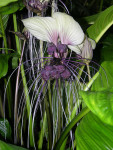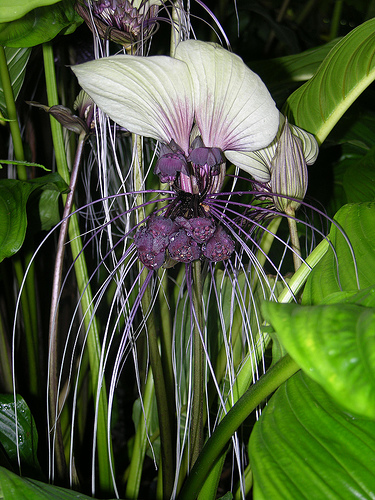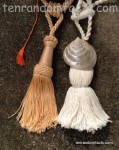
Where are the tassels found in your house?
- A tassel is an invention, typically attached to textile items for ornamental purposes, and they were originally knots used to stop threads from coming undone, especially on the ends of woven fabric.
- Tassels usually consist of a head, at the top of which is commonly an attached cord, and a ‘skirt’ that sits below the head, which is usually made up of numerous dangling threads.
- Since ancient times, various forms of tassels have been used, particularly found on garments or as part of personal adornments; and the word is an Old French word that refers to a clasp used with clothing.
- Tassels are most often created from threads of various kinds, or cord, and silk fibres have been commonly used throughout history, while synthetic fibres have become popular in modern times; and they may be ornately decorated, sometimes with beads or other embellishments
- The head of a tassel may contain a wooden form under the fibres, that helps to determine and/or keep the shape of the head.
- The craft of making tassels was extensively expanded upon by the French, during the 1500s, particularly by those known as ‘passementiers’, that made fancy textile trimmings; while some of the largest tassels originated in the Victorian era, while smaller tassels were more common in the Renaissance period.
- Highly skilled crafts people of modern times, that create ornate tassels by hand, may charge large sums of money for a single item, though cheap tassels are more common.
- Tassels are traditionally found on square academic caps known as ‘mortarboards’, that university graduates typically wear at their graduation ceremony.
- Tassels are most often found decorating clothes, carpets, cushions, blankets and curtains, but also other objects, including bookmarks.
- People, especially of the Middle East would historically wear tassels on head coverings or elsewhere, in attempt to keep evil spirits away, or to bring good luck.
Bibliography:
Churchill A, A Decorative Past: How Tassels Changed History, 2014, Martha Stewart, http://www.marthastewart.com/1082099/decorative-past-how-tassels-changed-history
The History of Tassels, 2016, Design Threads, http://www.estout.com/designthreads/archive/History-08_13-History_of_Tassels.asp
The History of Tassels, 2015, Tassel Depot, http://www.tasseldepot.com/tasselhistory.html
Tassel, 2016, Wikipedia, https://en.wikipedia.org/wiki/Tassel
Wolfson-Foster M, A Brief History of Tassels, 2009, JPG Magazine, https://jpgmag.com/stories/13023






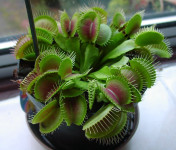
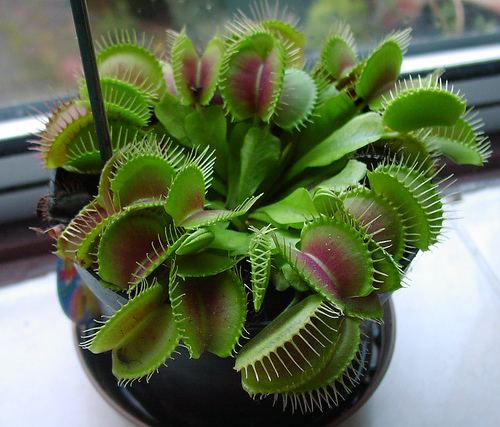


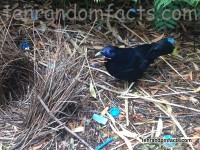
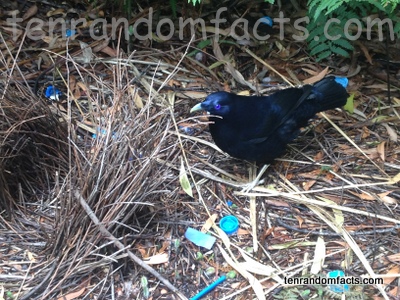


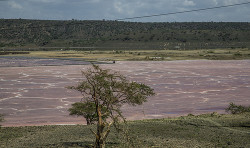


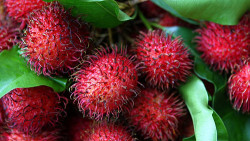
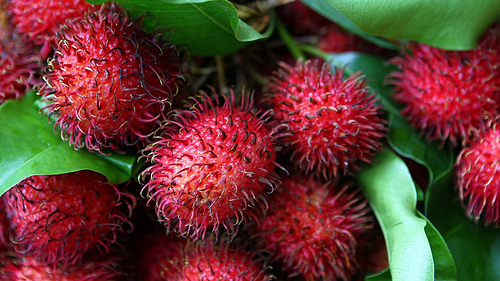 Rambutan
Rambutan